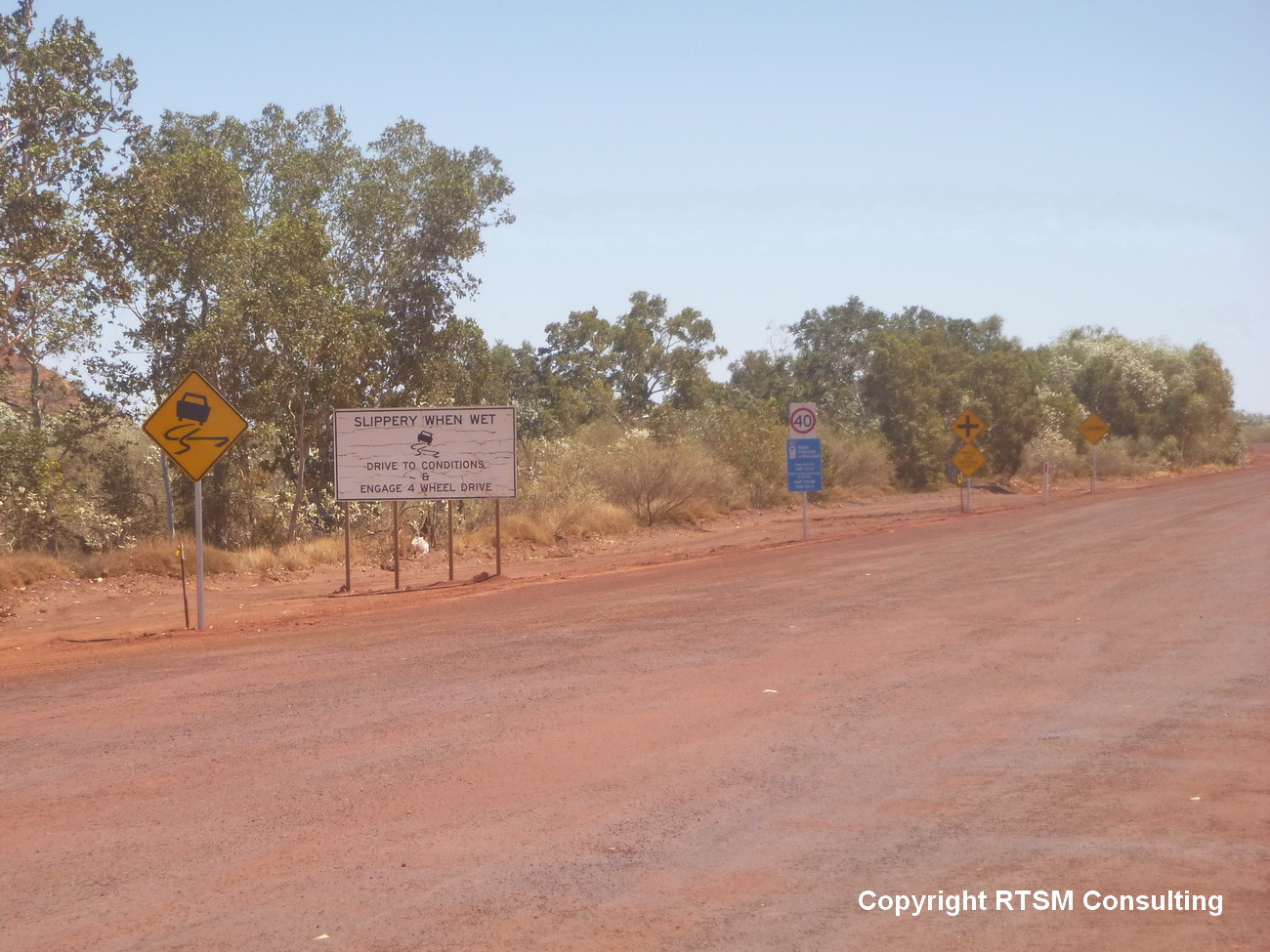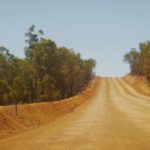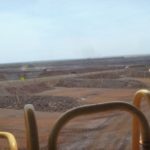Mining Road Safety
Traffic signs – an important management and safety tool on mines
February 22, 2017
-
Traffic signs are an important element of a site traffic management system. As a basic principle, the use of traffic signs should be consistent with the standards that apply on the public roads in a particular country. In Australia, all traffic signs used on mine sites should comply with the Australian Standard AS1742 (Traffic Control Devices for General Use) to the maximum possible extent.
When installing signs, some of the principles that should be considered include:
-
- traffic signs should be installed on the left side of the road (in the Australian context)
- where additional emphasis is required or where there is risk for signs to be obstructed by either vegetation, sun light, passing vehicles, etc. signs should be duplicated with a second sign installed on the right side of the road or on a median island
- signage should be adequately secured and facing traffic; ideally on rectangular steel poles driven into the ground or installed on windrows

-
- all traffic signs, with the exception of Keep Left signs that can be installed lower, should be installed at a height of 1.8m between the road surface and the bottom of the sign face
- there should only be one sign affixed to a post to ensure there is no confusion or dilution of the message conveyed by signs

Too many signs create signage clutter
-
- signs in the mining areas with heavy vehicle traffic should be size C (as defined in AS 1742), while size B should be used in other areas of the site and size A signs should only be used in pedestrian areas.
- the use of custom (non-standard) signs should be kept to a minimum and only used when the desired message cannot be conveyed using standard signs.
- the condition and visibility of traffic signage should be a part of regular road inspections (including night-time inspections)



